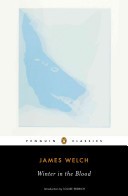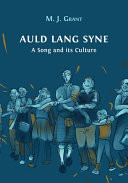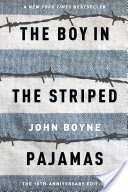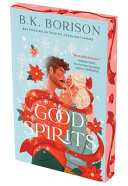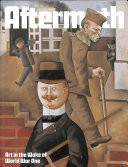Aftermath (Art in the Wake of World War One) is the catalogue of the current Tate Britain exhibition. It‘s a fascinating period to study with some British artists I like alongside French & German artists.
The exhibition demonstrates how the war influenced artists long after the armistice in 1918 - and offers a nice additional perspective to the existing literature out there e.g. the books of - say - Philipp Blom.







